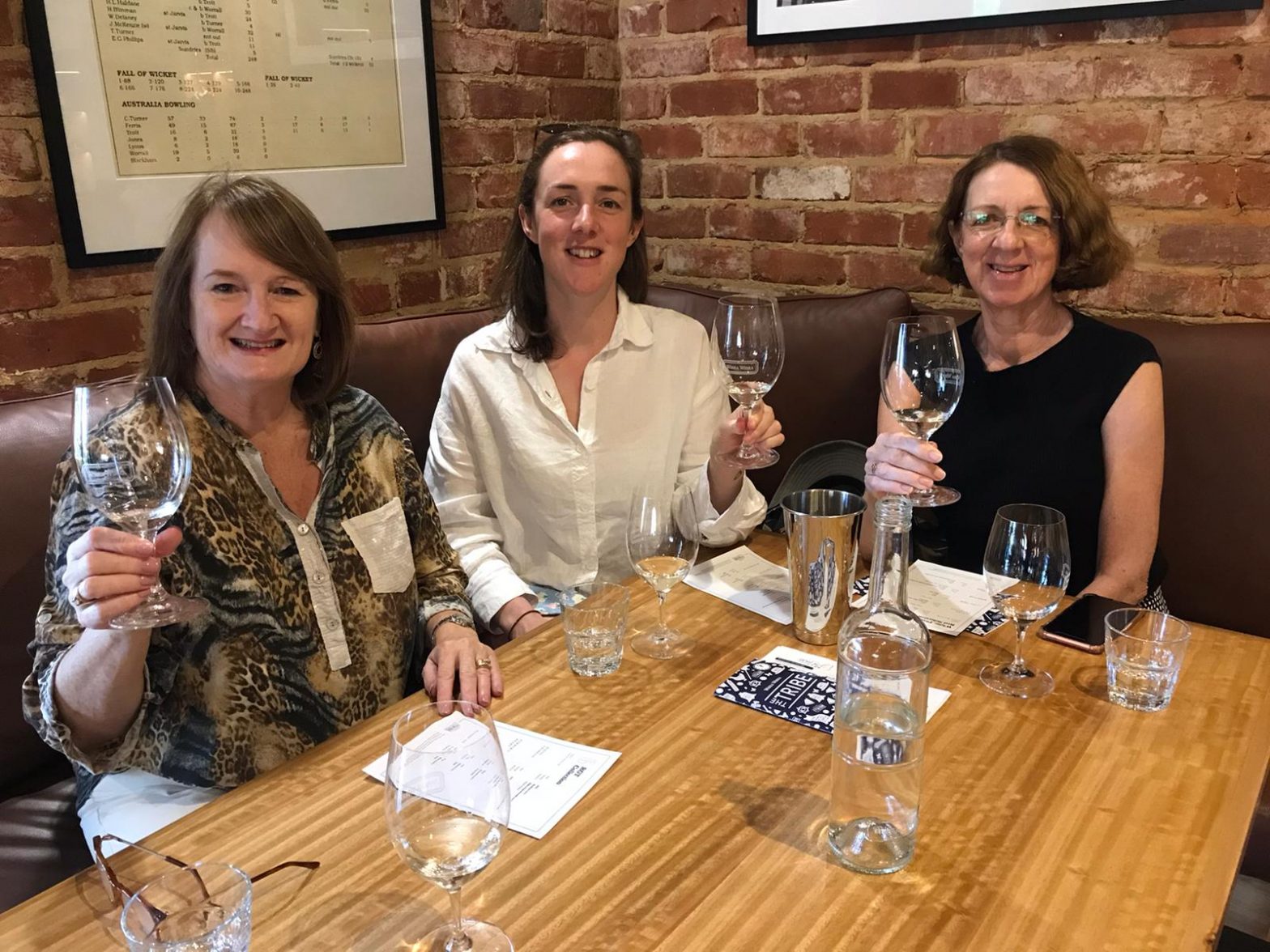A trip around the Barossa Valley is the wine lover’s equivalent of a celebrity homes’ tour of Beverley Hills; there are so many famous names jumping out at you. Every couple of minutes you find yourself pointing and saying ‘Look! It’s Penfolds/Jacob’s Creek/Wolf Blass/Yalumba.’
However, being the serious, dedicated wine tasters that we are, we decided to stick to the smaller wineries, and especially those that had been recommended to Olivia by her colleagues.
I learnt that the region I’d always referred to as the Barossa Valley, is actually three regions – Barossa, McLaren Vale and Adelaide Hills. There’s such a variety of climates and terroirs here that this wine region is able to produce a huge range of wines, from cool climate Chardonnay and Pinot Noir, to sun-loving Shiraz and Grenache.
Clarendon Hills winery in McLaren Vale was set up by a Ukrainian biochemist. He bought four hectares of Shiraz in 1990, taught himself to make wine and now makes some of Australia’s best reds. He pioneered the concept of the single vineyard wine in Australia and created Astralis, which became Australia’s first $100 bottle of wine in 1994, and has been ranked as ‘exceptional’ by leading wine critics.
We were shown around the vineyard by his son, who told us about his father’s struggle to learn to make wine – crushing the grapes from the first harvest in a bucket with an old wine bottle – and then learning by trial and error. In the early days the whole family spent their weekends glueing the labels onto the bottles by hand. I love the label – it’s based on a photo of the night sky taken just outside the winery.
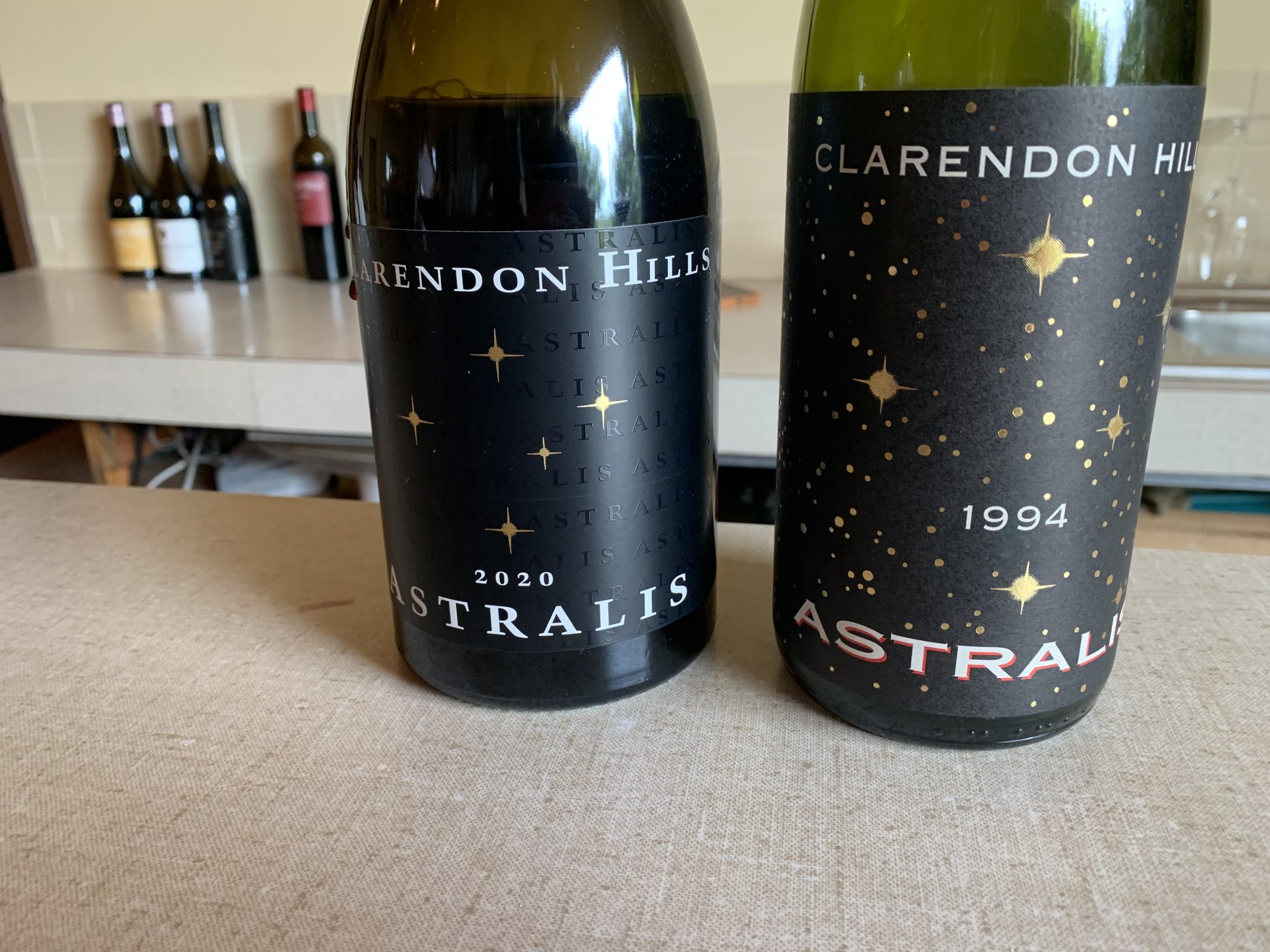
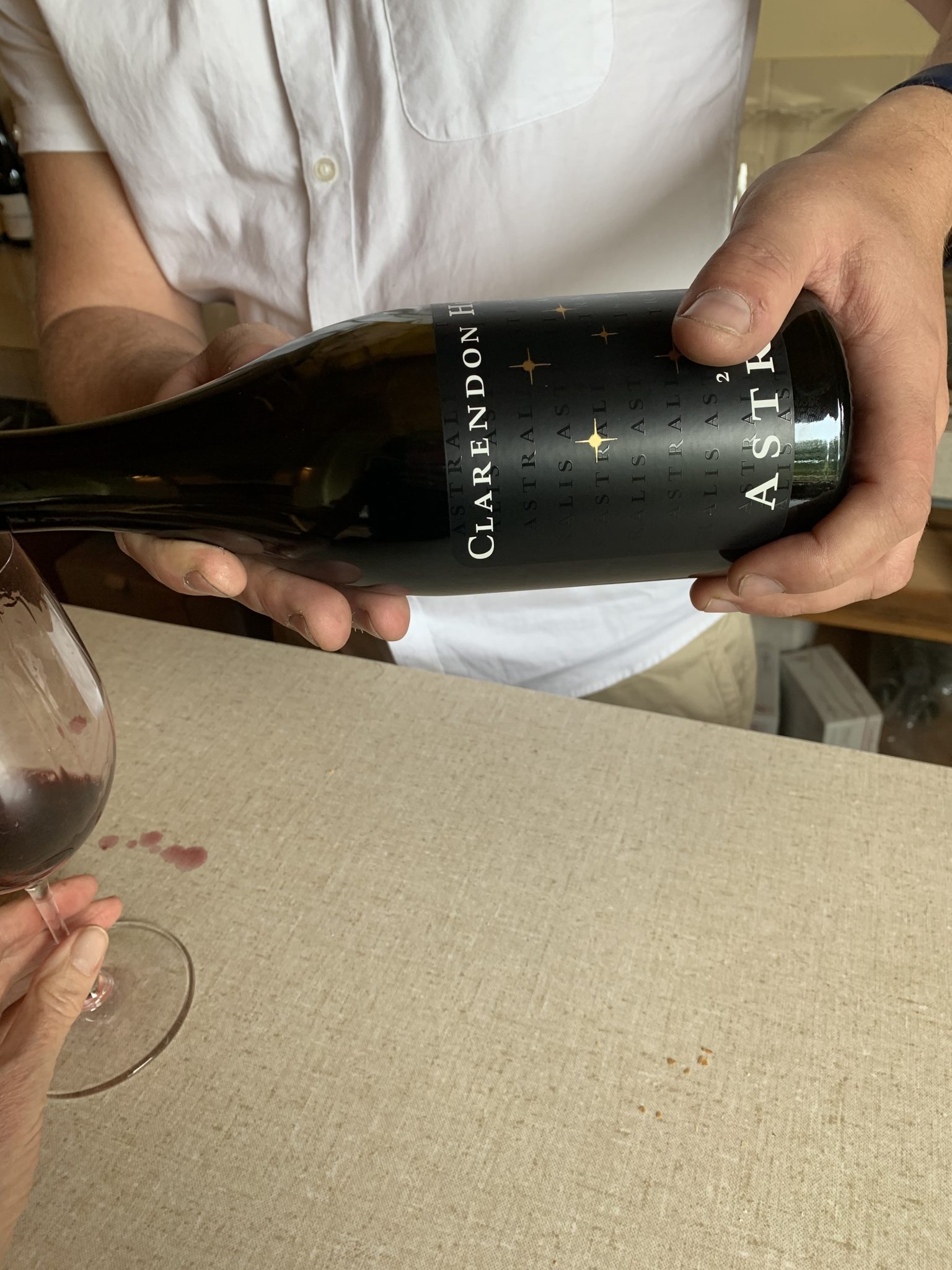
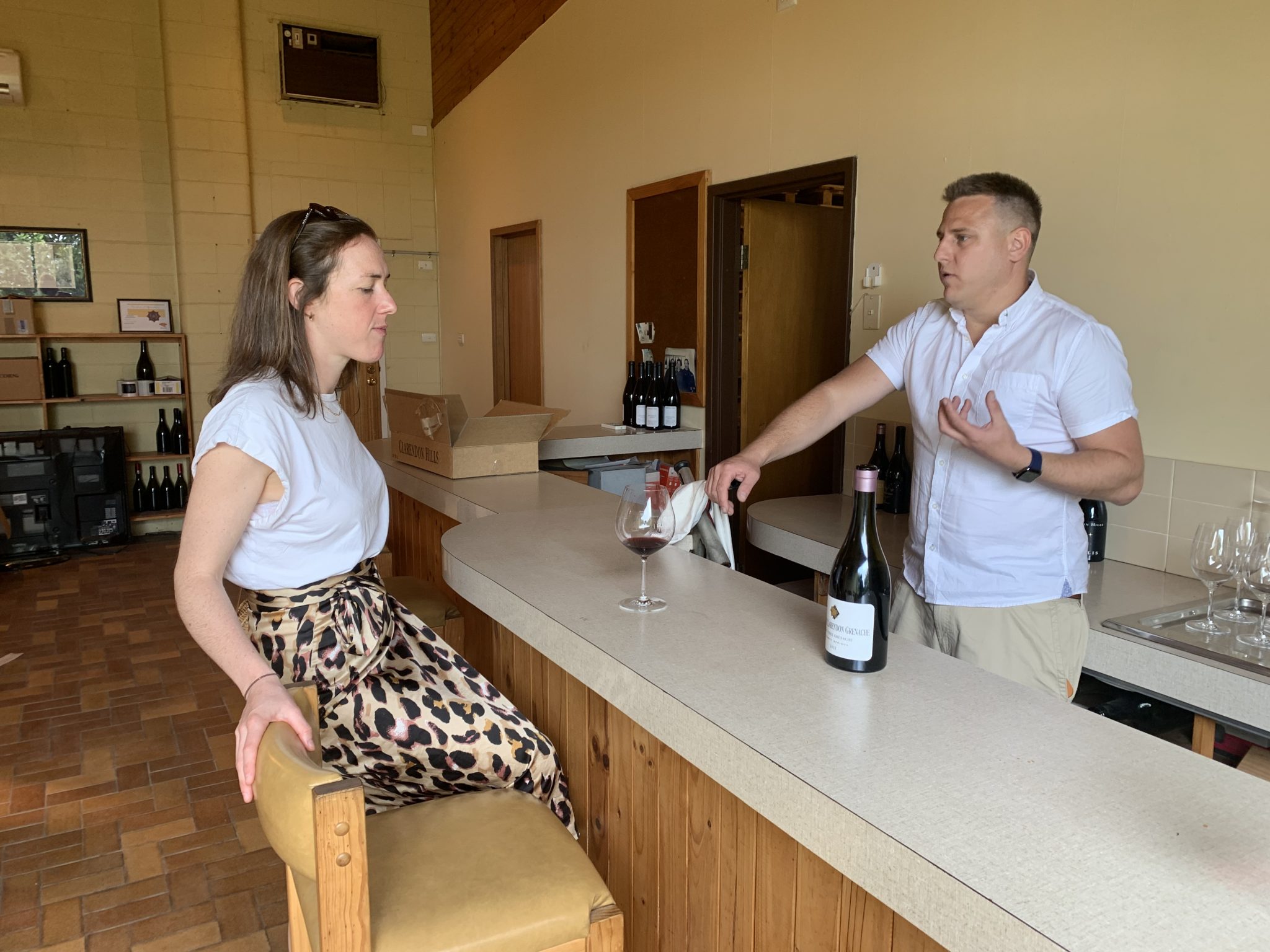
I was staggered to learn that the barrels they use – made from French oak – cost 1,400 Euros each, which is a massive outlay for a relatively small winery.
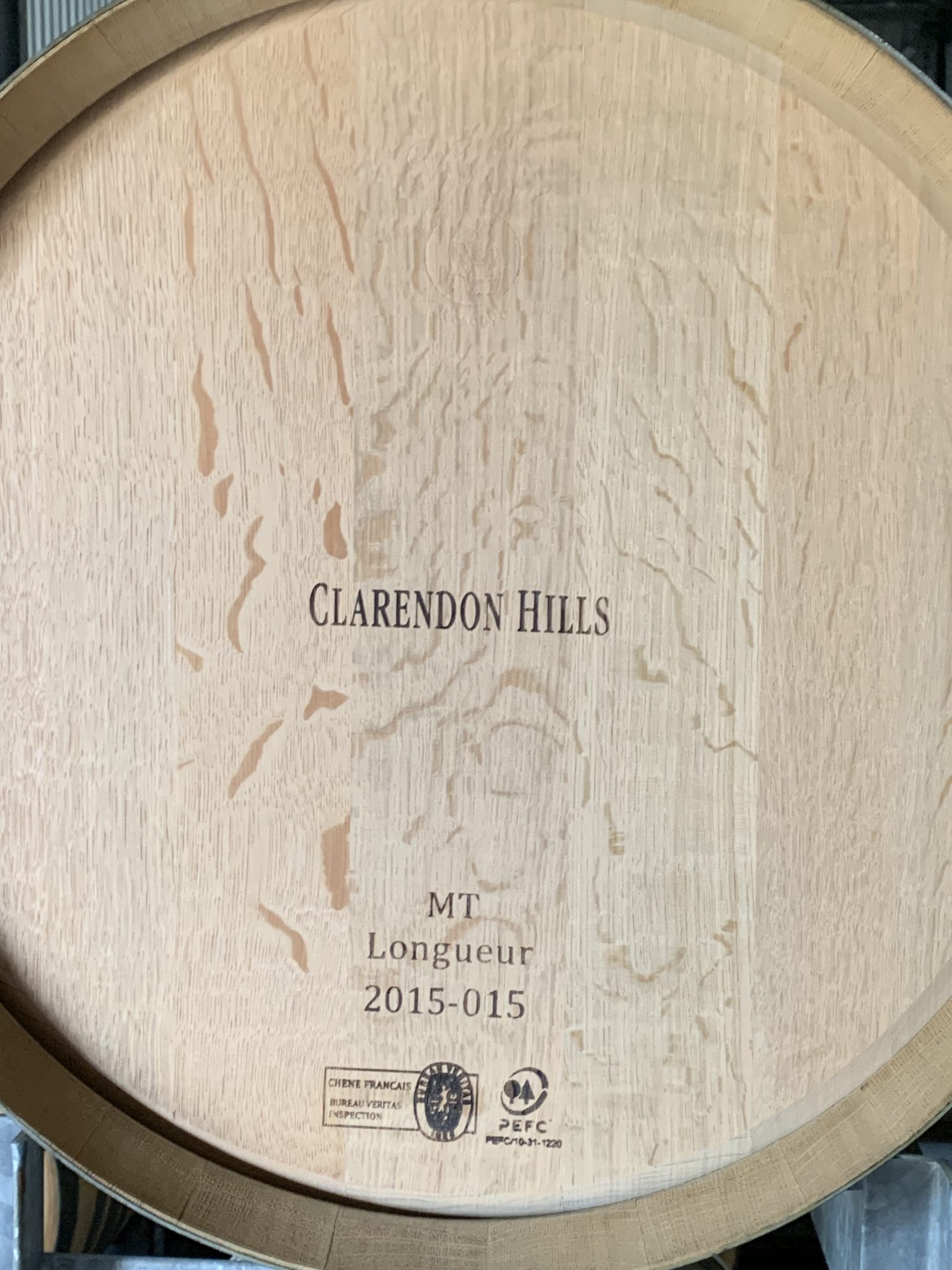
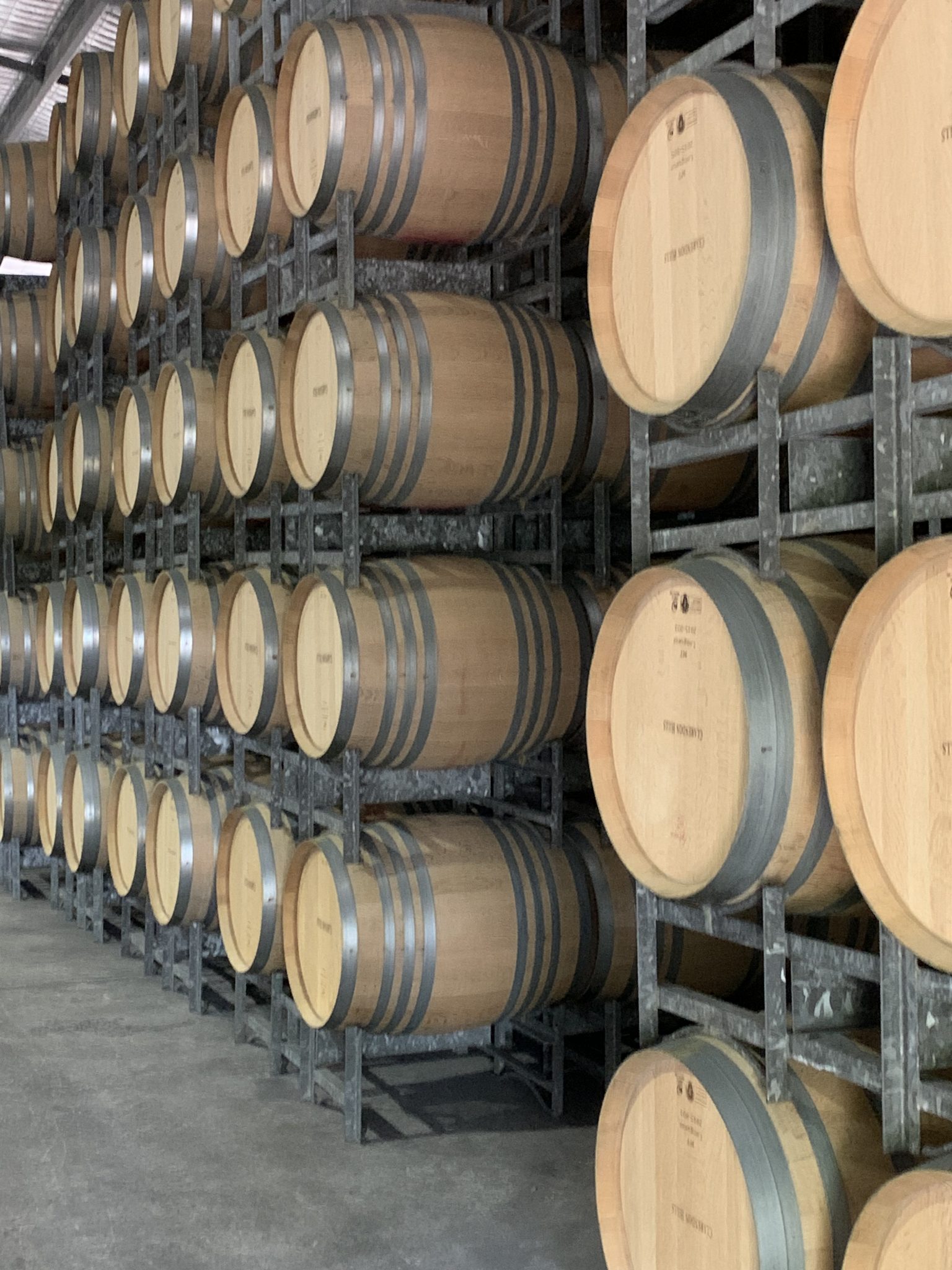
Other wine makers are much more quirky in their approach. We visited Brash Higgins, a wacky American who makes natural wines, which seem to be a cloudy version of more traditional wines. He set us to work mixing up the grapes and the juice in enormous vats, which he then covers with plastic and leaves to ferment. A useful tip I can share with you is this: don’t wear a white shirt if you’re planning to stir up a large container of red grape juice.
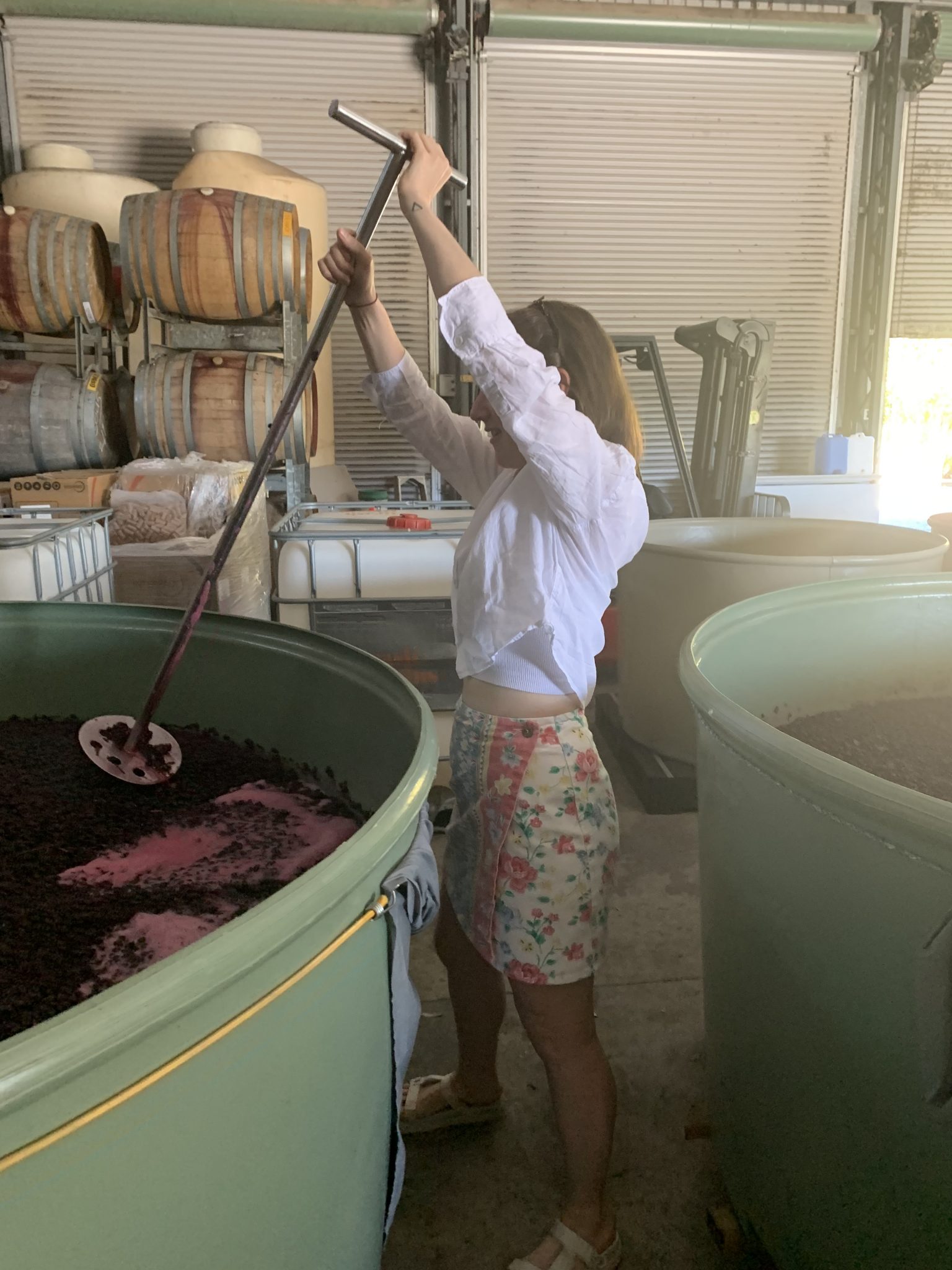
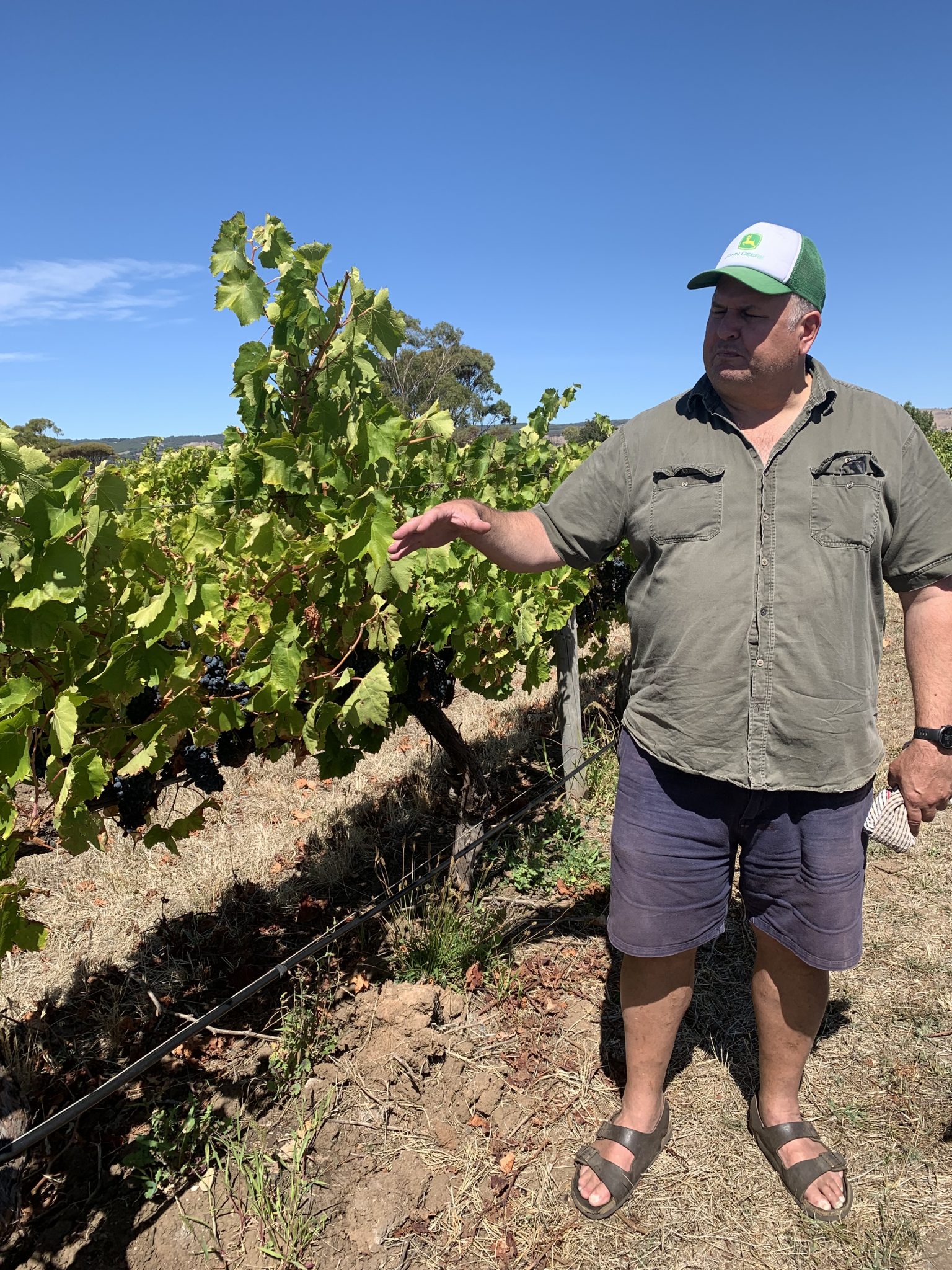
Another wacky winery in McLaren vale is called Down the Rabbit Hole. It’s in a beautiful setting and the garden has a real Californian vibe, with people lolling about on rugs enjoying a glass of wine and a deli board. But the tastings are not at all Californian – they’re held on an old London bus which is painted a tasteful shade of bleached aqua. They also have a restaurant where they serve food grown locally – a lot of it comes from their own garden – and it’s wonderfully inventive and beautifully presented.
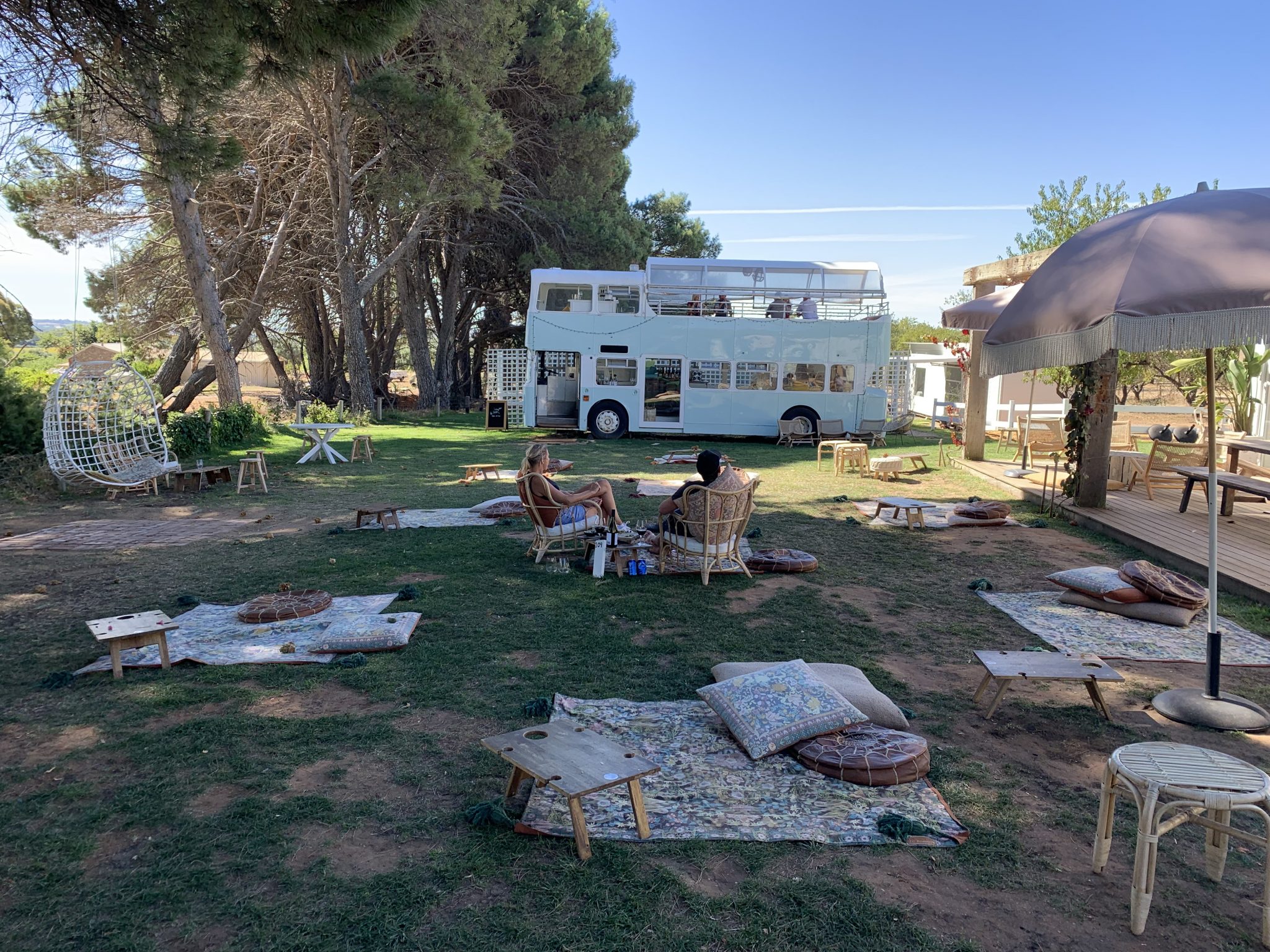
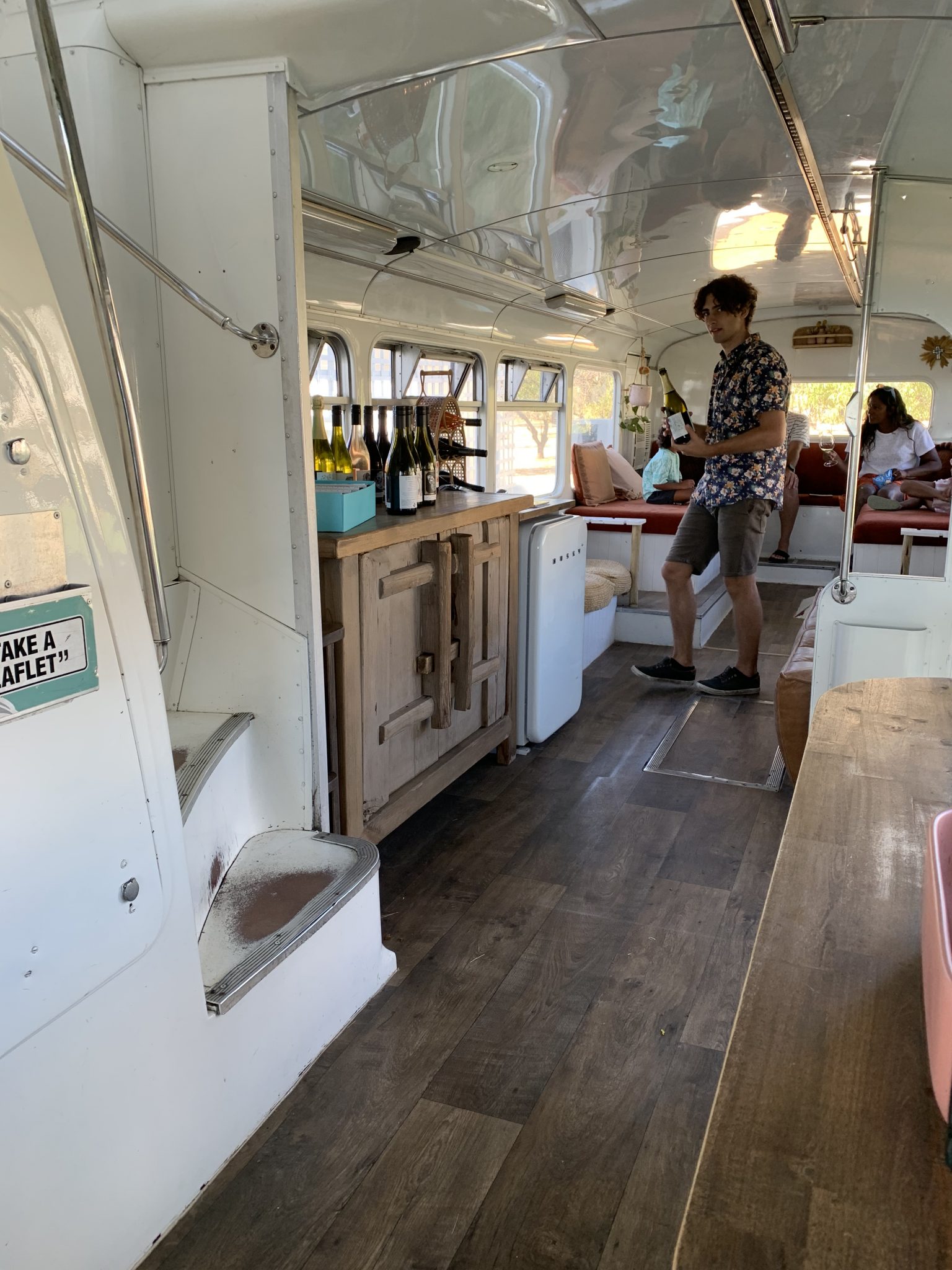
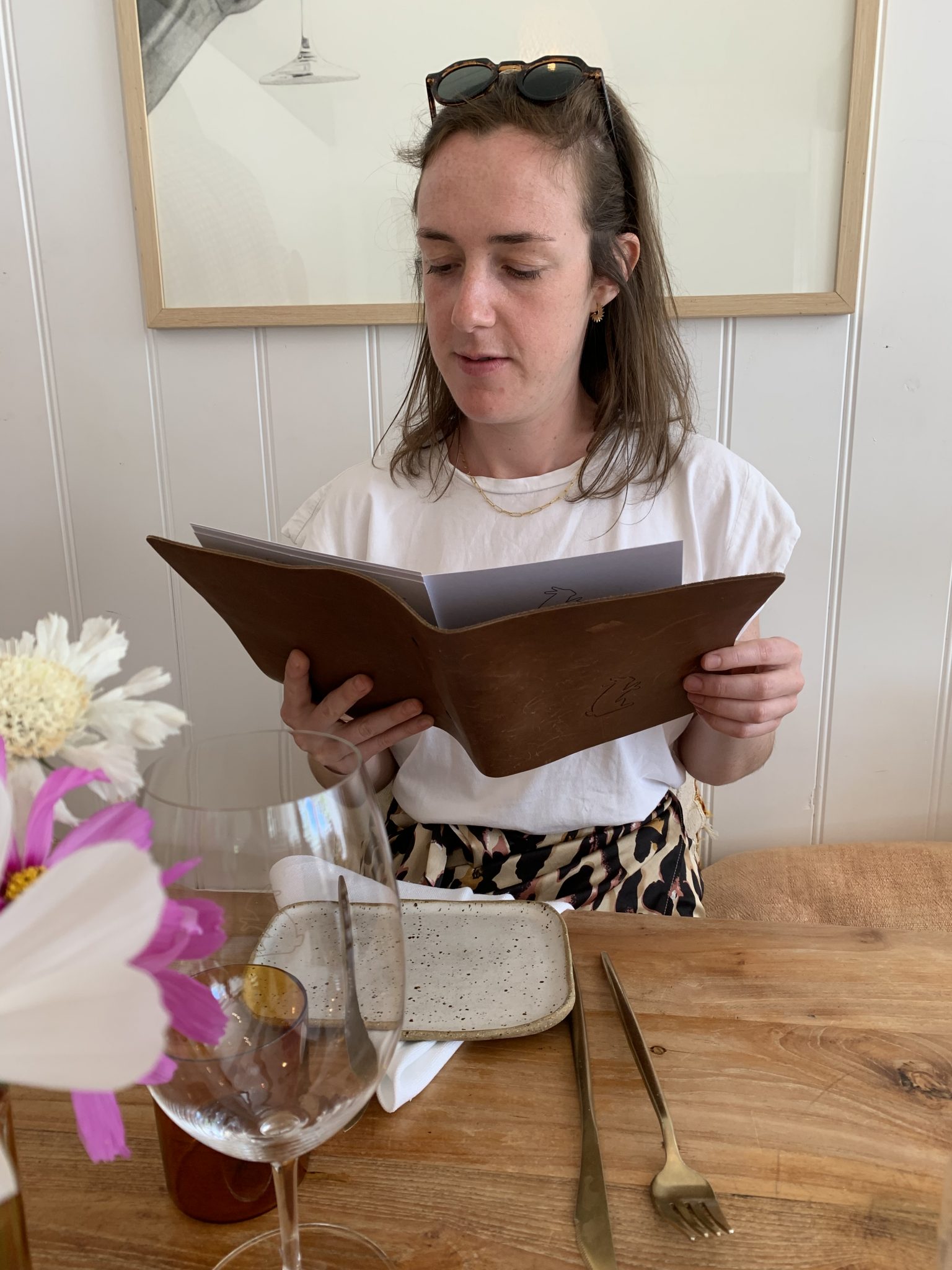
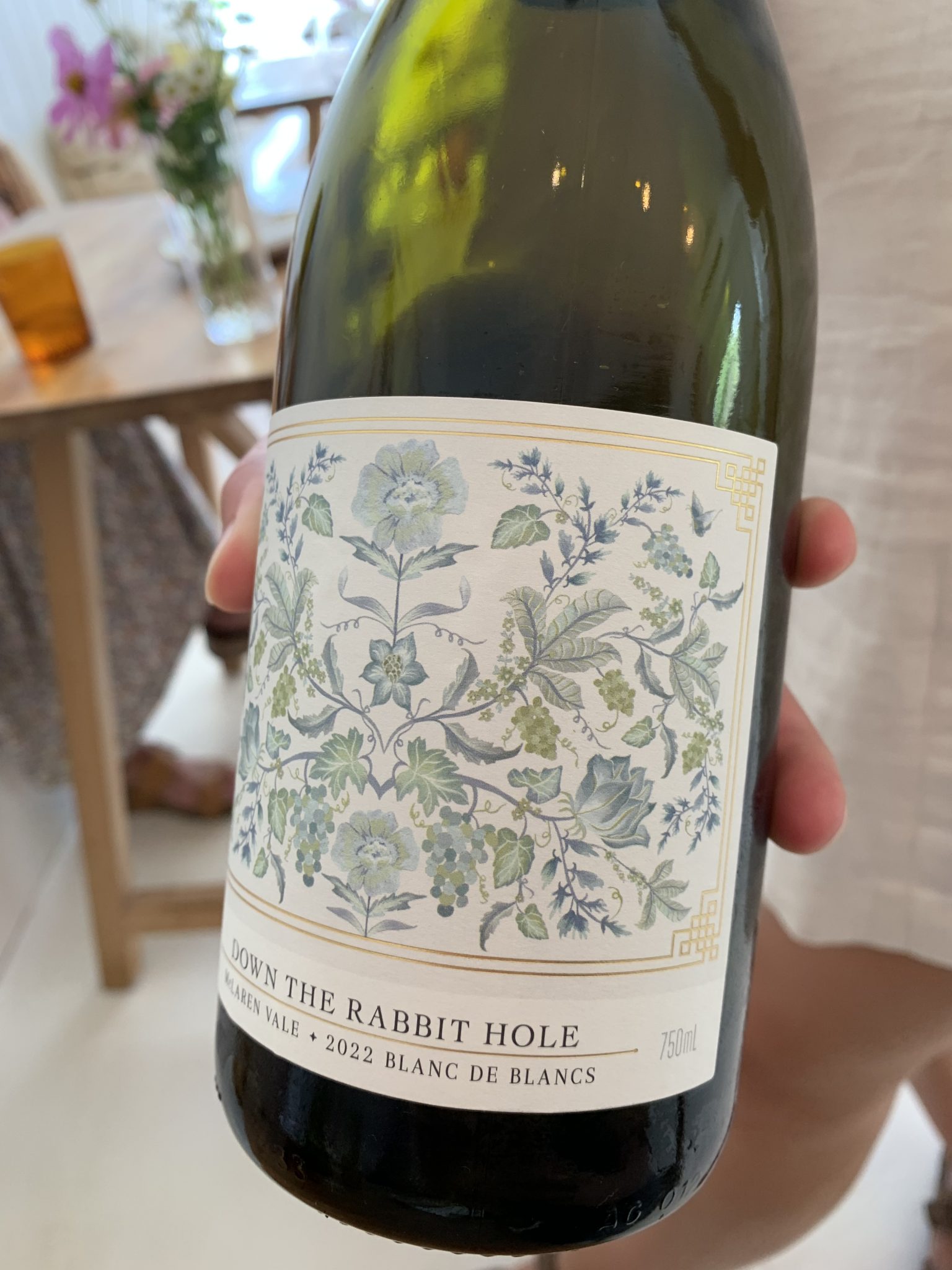
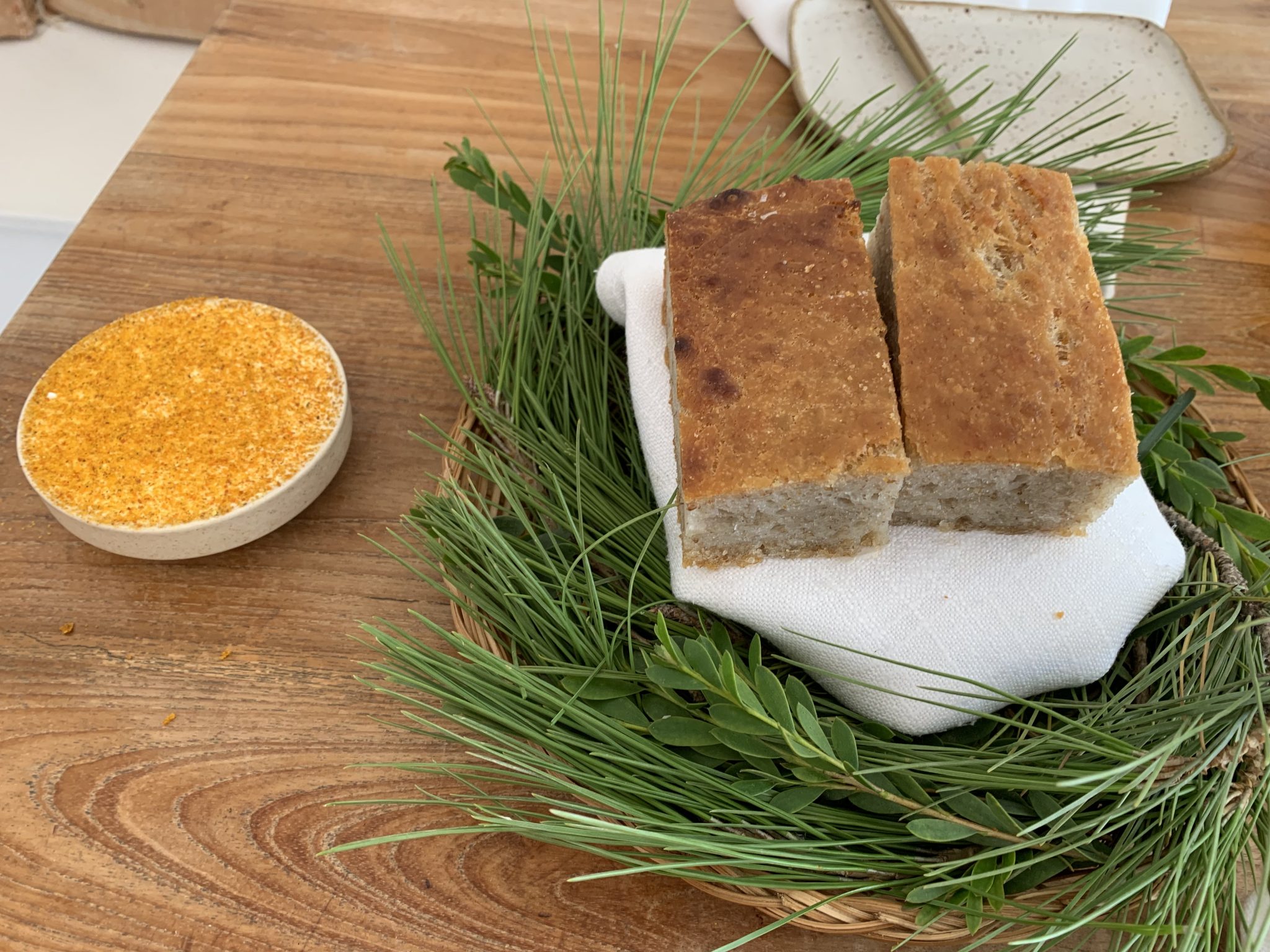
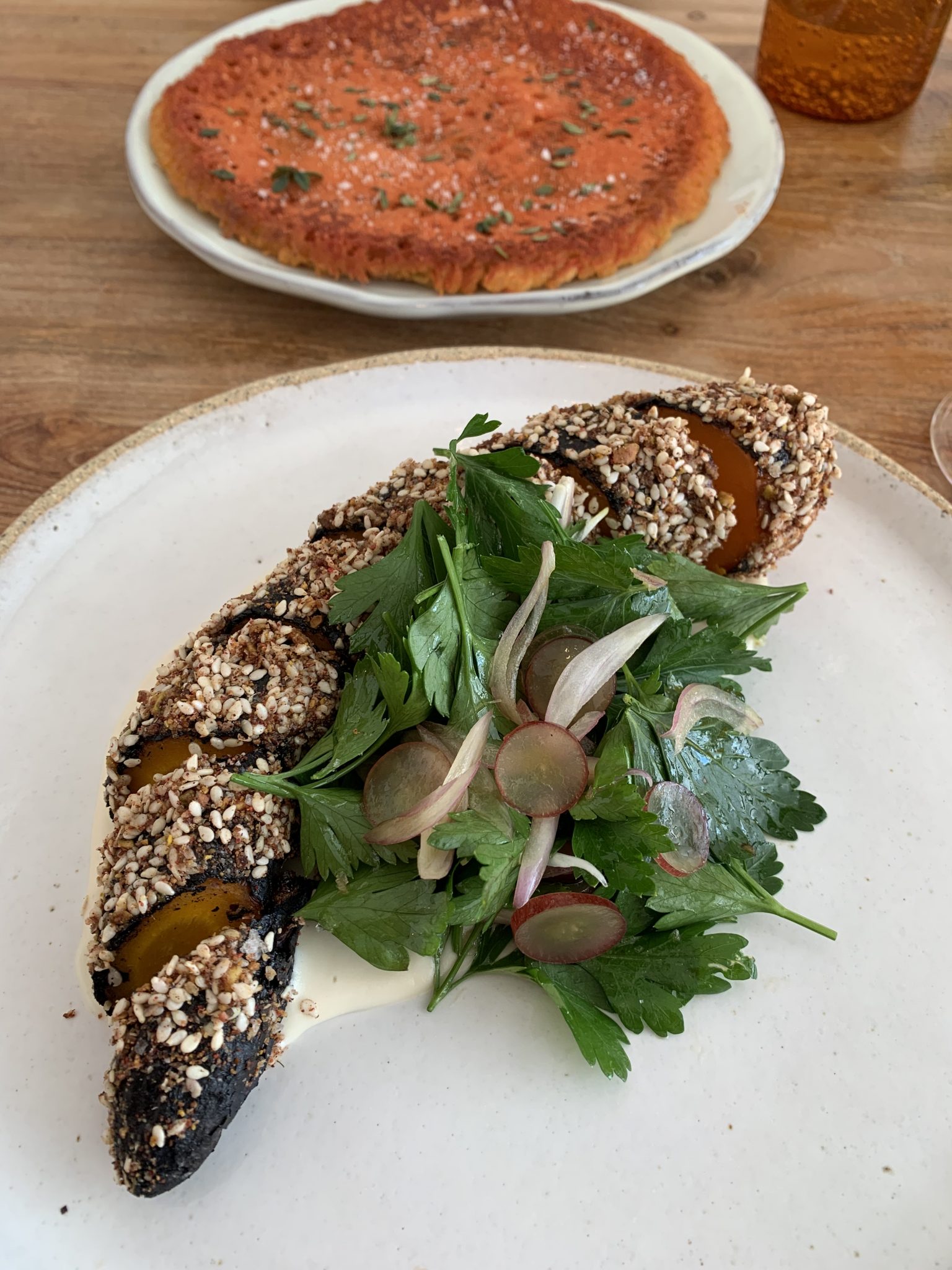
But the weirdest and wackiest winery in South Australia is definitely the d’Arenberg Cube and it’s the most surprising-looking winery I’ve ever visited. Not only is it architecturally unconventional, possibly the only building in existence inspired by the Rubik’s Cube, but there’s a full-on steam punk themed interior and a Salvador Dali exhibition, as well as a traditional tasting room. But the wackiness and weirdness is a bit overpowering and certainly distracts from the wines, which were unmemorable (or at the very least, less memorable than the rest of the place).
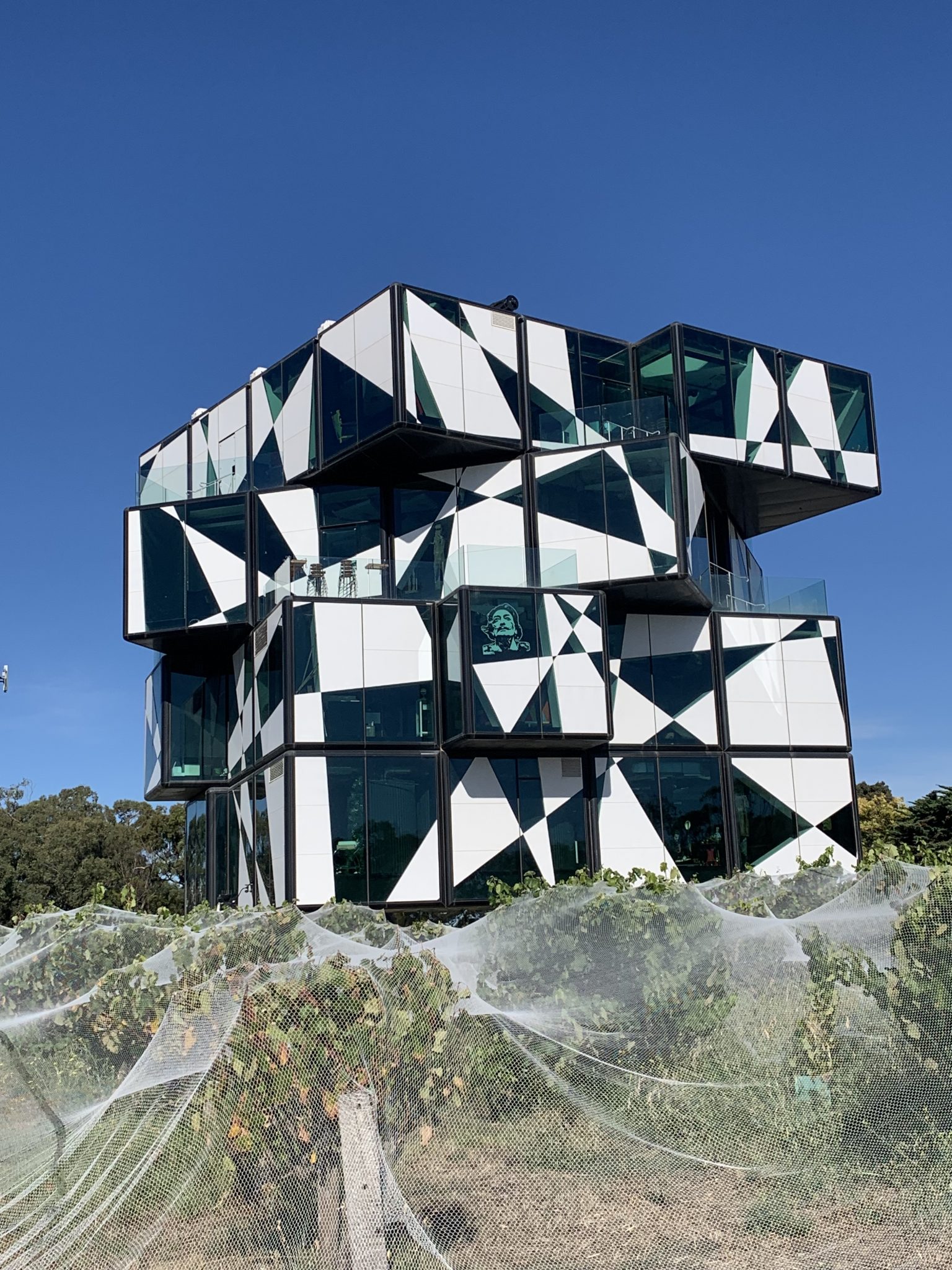
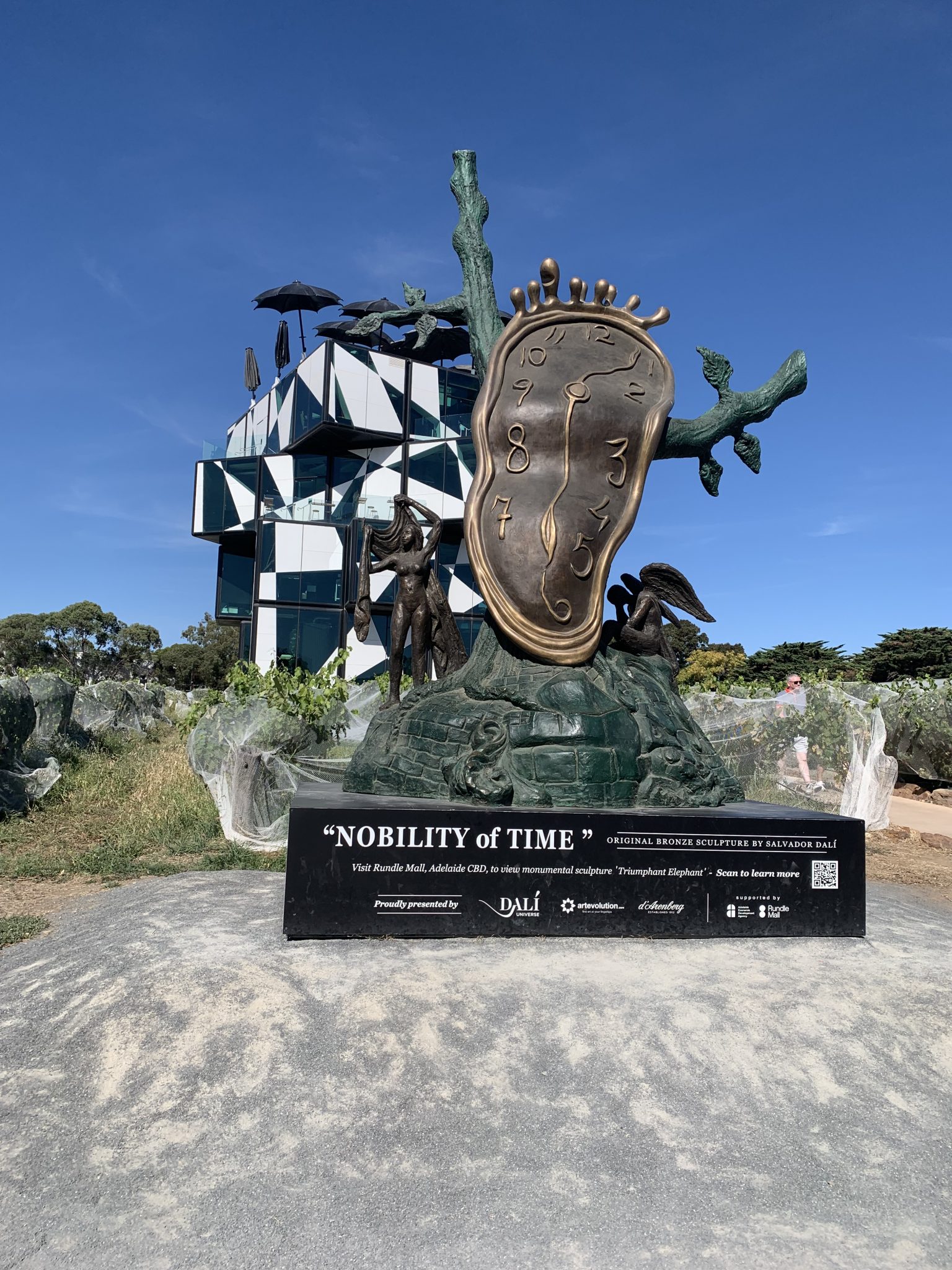
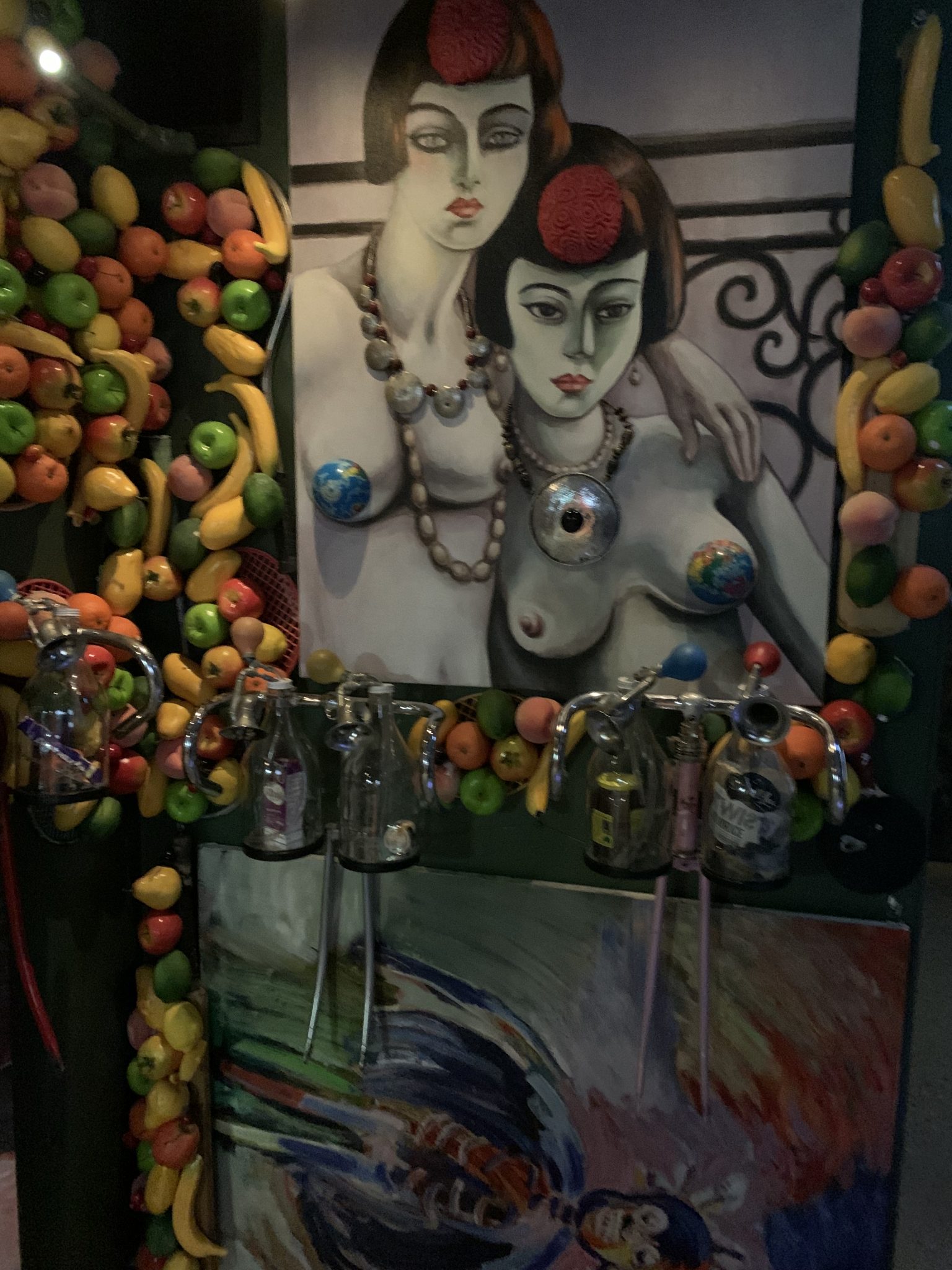
But I did learn my favourite new word in the tasting room at d’Arenberg. Cenosilicaphobia is the fear of an empty glass, and unfortunately I know quite a few poor souls who sufferer from this chronic condition.
